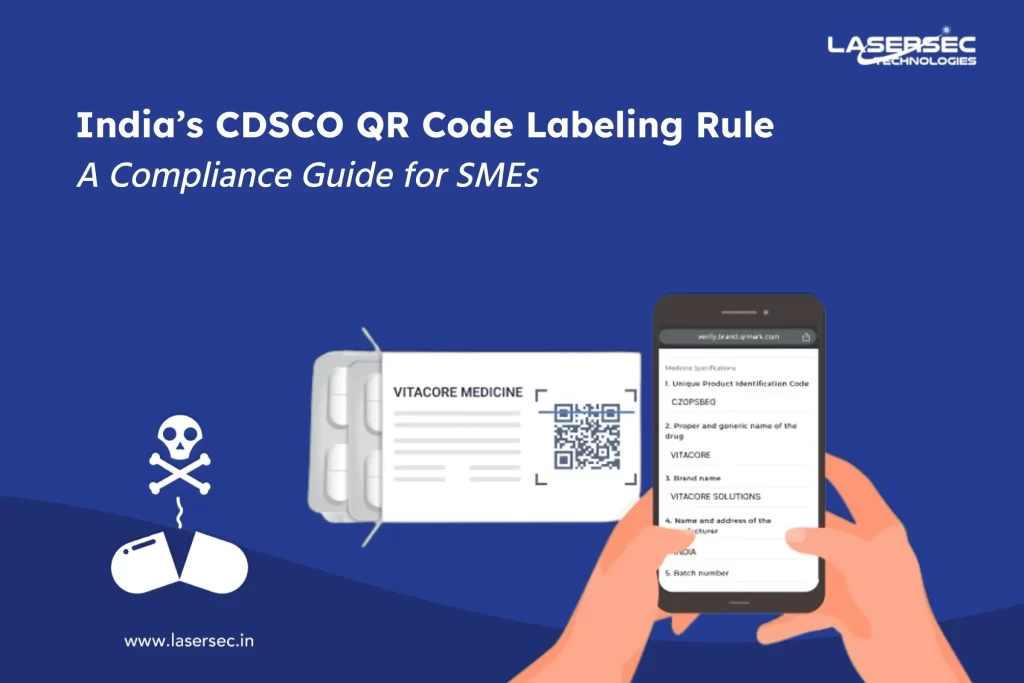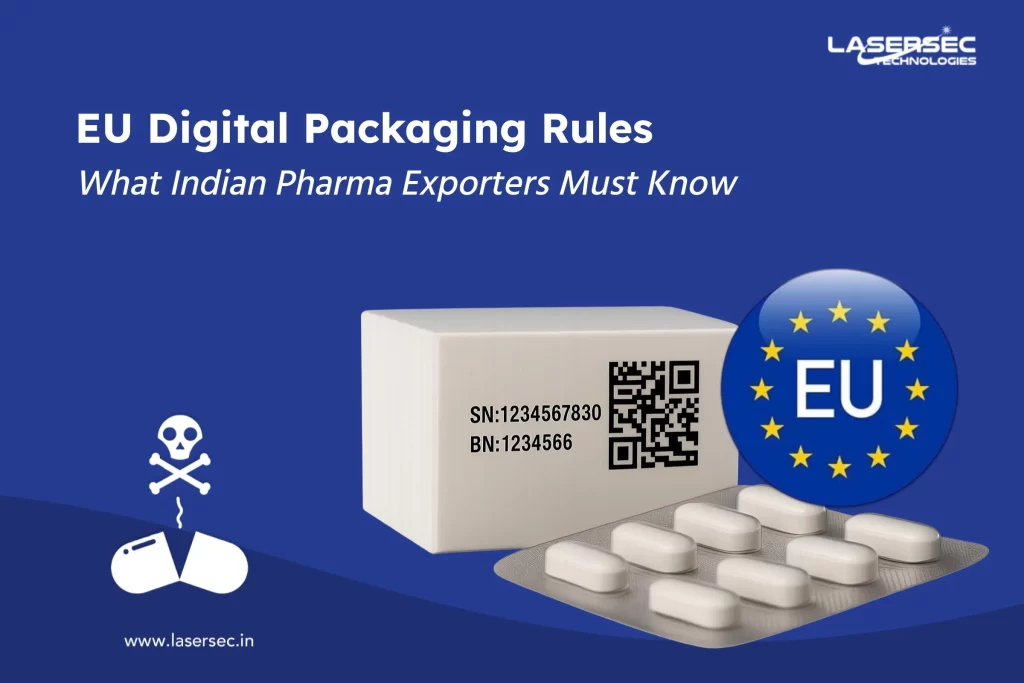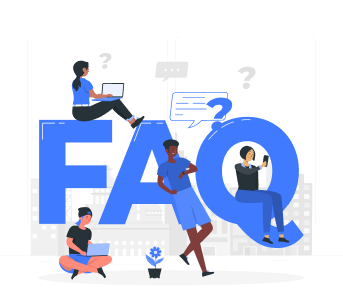
Reaching and promoting your brands through social media influencers is a new marketing strategy. This broadens the reach of the target customers.
The followers literally trust them. The question is: Can they really be trusted??
As per a report released by Statista, the global market of fake Instagram followers is expected to grow twice in 2020 as compared to 2018. Subsequently, the number of brand sponsored posts are also anticipated to be doubled on outperforming 6 billion in 2020.
The values depict that the fake influencers market is flourishing at a faster pace. The global market size is expected to reach $2.4B in this year as compared to $1B in 2017.
This can be interpreted that more and more companies will spend over 250% more in 2019 than before 2 years. This is not only the case with the small companies but also with the Big Brands like CROCS, OLAY, MAGNUM ICE-CREAM, RITZ CARLTON which spend heavily on campaigns involving fake influencers.
This has been shown by a North Group Points Study, which gives the following percentages of fake followers:
| BRAND | %FAKE FOLLOWERS |
| Ritz-Carlton | 78% |
| Aquaphor | 52% |
| Pampers | 32% |
| Crocs | 25% |
| Magnum Ice-cream | 20% |
| Olay | 29% |
Let’s discuss how to spot a fake influencer:
- Verified Account:
Fake influencers on social media platforms like Facebook, Instagram & Twitter can be easily identified by the absence of a Blue Certification Badge. - Activity on other Social Media Platforms:
Real influencers have accounts on various social media platforms. Their activeness on not just one platform indicates their authenticity. - Community Growth:
Look for a sudden spike in the number of followers. It certainly means they have been brought. - Engagement Per Post:
On an average 1-5% of the followers like a post. A dramatic number of likes per post within a short period of time as compared to the number of followers might indicate something spooky. - Comments:
Very generic comments or simple emojis might reveal that they have been purchased. Contrarily, personalized comments, tagging the friends or conversations imply authentic following. - Interactions:
Genuine influencers interact with each other, have common networks, etc. Their interaction with other influential social people indicates their authenticity. - Followers:
Profiles with no photos or details or random user names are a clear indicator that the audience has been bought.
It becomes the responsibility of the companies and big brands to search for the influencers with a dedicated community. This will not only expand their reach to genuine customers but also impact the purchasing decisions.













